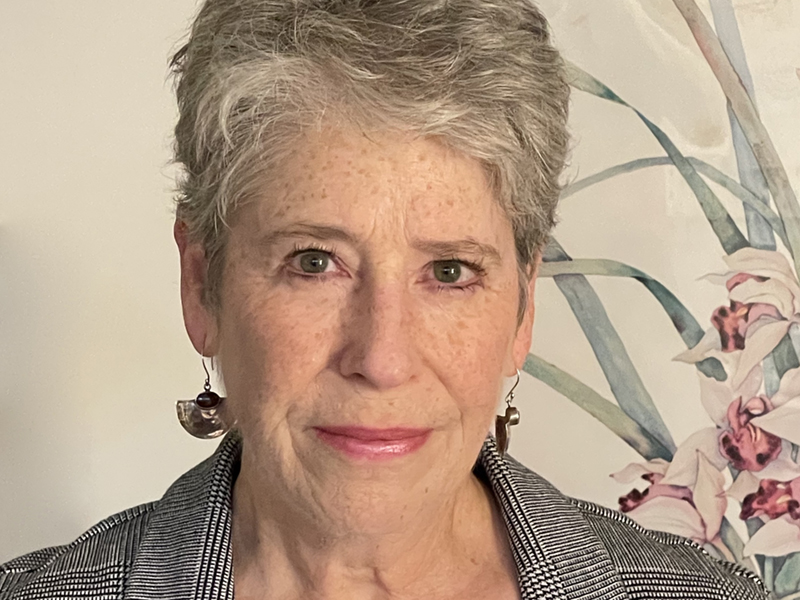
Chronic physical health conditions and anxiety and mood disorders are frequently co-morbid conditions, so it’s important for employers to understand the link and how to support staff in the workplace, said Deborah McLeod, clinical director at Carepath Inc., during Benefits Canada’s 2022 Chronic Disease at Work conference in February.
People living with chronic physical health conditions — about 40 per cent of Canadians over the age of 20 — experience anxiety and mood disorders at twice the rate of the general population. The link goes both ways, she noted, with people with serious mental-health challenges experiencing an increased incidence of physical illness and mortality.
She cited the example of people living with cancer — 85 per cent of patients live five or more years past their diagnosis and close to 70 per cent recover, but many continue to live with serious long-term health effects, including pain, physical limitations and fatigue, as well as elevated mental-health concerns. “You can imagine that if you’re living with these symptoms after cancer treatment, you are struggling.”
Read: Employers expect increase in medical services, mental-health issues in 2022, finds survey
Employers can assist employees with layered physical and mental conditions by being sensitive to the burden they’re experiencing, adopting healthy workplace strategies and making accommodations such as reducing their workload. “Employer sensitivity is huge and, in my mind, is always under-appreciated,” said McLeod. “Workplaces tend to be high pressure, demanding and stressful places and we forget the power of kindness and compassion.”
Sharing an example, she spoke of an acquaintance who struggled during the coronavirus pandemic with low mood and anxiety, partly due to her sister’s suicide and the orphaning of her nephew. On her first day back to work after bereavement leave, she was asked to do a performance appraisal the next day. At that meeting, she was asked to account for her waning productivity. Her employer took a year to address her accommodation request to slightly reduce her productivity, so she could remain at work but continue to recover emotionally.
Read: Webinar: Overall health key to employee well-being during, after pandemic
“These are not stories you want to hear. It comes from people forgetting to be kind and compassionate to think about the other person rather than simply our productivity.”
People living with chronic physical and mental illnesses benefit from what McLeod called behavioural interventions, which plan sponsors can find creative ways of tapping into. She cited the importance of engaging in play or activities, laughter and socializing, spending time in the natural environment and moments of mindfulness or meditation — all of which give people energy and joy.
She also suggested that employers harness these insights by creating a “soothing, rejuvenating, no-work” space with plants and natural light in the office where employees can take breaks, meditate, listen to music or engage in play. These spaces could also host yoga classes or even massage chairs.
“Most employers, most workspaces don’t discourage these things, but they also don’t make them happen. I think we’re a little bit afraid sometimes to allow people to have downtime during work, [but] many large employers are starting to do more of that.”
Read: Blue Monday: Wattpad offering meditation classes to workers amid stressful times
Access to virtual counselling and psychotherapy is also helpful, said McLeod, noting research has consistently highlighted the beneficial aspects of cognitive behavioural therapy. It’s particularly useful for its behavioural component, she added, that can encourage people to get sufficient physical activity, which is known to prevent and alleviate mild and moderate distress, such as anxiety and depression, and is the No. 1 intervention for fatigue, which is associated with many chronic health conditions.
CBT can also encourage people with layered conditions to engage in more socializing, something McLeod said they often neglect when they’ve been ill or experienced depression.
Read more coverage of the 2022 Chronic Disease at Work conference.
